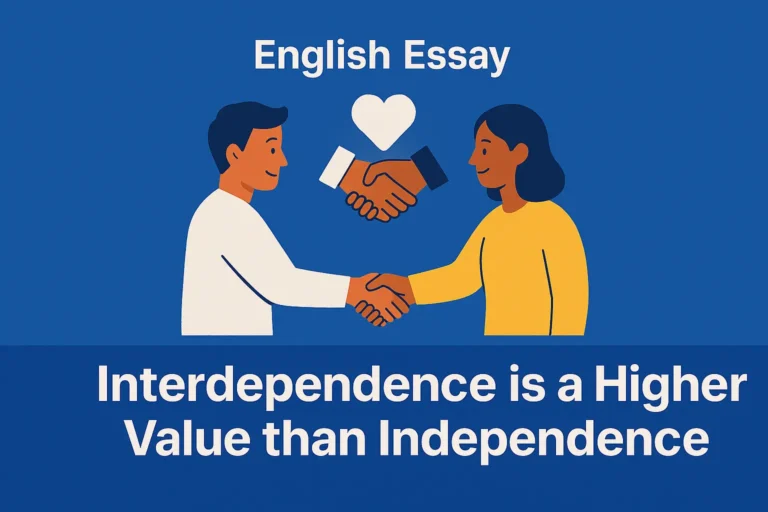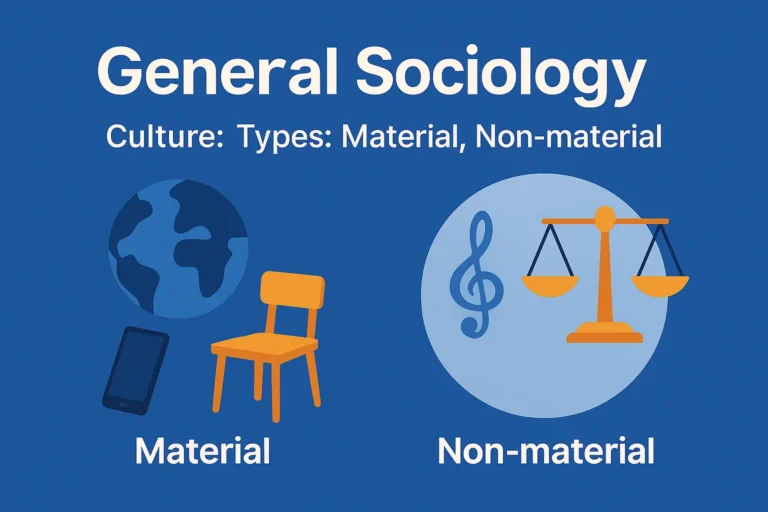CSS 2025 Solved Past Paper – Physics I MCQs of Part-I (Compulsory)
Below are the solved multiple-choice questions (MCQs) of Part-I from the CSS 2025 Physics I paper. Each question includes all the options, the correct answer is bolded, and a short explanation is provided for clarity.
1. The energy of a simple harmonic motion depends upon:
(A) Mass
(B) Frequency
(C) Both (A) & (B)
(D) None of these
💡 For SHM, E = 1/2 mω2A2. With constant amplitude, energy varies with both mass and angular frequency (linked to frequency).
2. The zeroth law of thermodynamics helps to define the term:
(A) Temperature
(B) Pressure
(C) Volume
(D) Density
💡 The zeroth law establishes thermal equilibrium as the basis for defining and measuring temperature.
3. What is the change in the phase if a wave is reflected from a denser medium?
(A) 3π
(B) 0
(C) π
(D) 2π
💡 When a wave reflects from a denser medium, it undergoes a phase shift of π radians (180°).
4. The light can totally pass through the polaroid only if the electric field vector vibrates ______ to the polarizing vector.
(A) Antiparallel
(B) Parallel
(C) Opposite
(D) None of these
💡 A polaroid transmits only the component of the electric field parallel to its polarization axis.
5. When the net wave intensity is greater than the individual intensities the interference of the waves is said to be:
(A) Constructive
(B) Destructive
(C) Both (A) & (B)
(D) None of these
💡 Constructive interference occurs when waves meet in phase, adding amplitudes and increasing intensity.
6. The angle of incidence for which polarization is maximum is called:
(A) Scattering angle
(B) Angle of reflection
(C) Polarization angle
(D) None of these
💡 At Brewster’s (polarization) angle, reflected light is completely polarized perpendicular to the plane of incidence.
7. X-rays are electromagnetic waves of wavelengths of the order of:
(A) 1 nm
(B) 0.1 nm
(C) 2 nm
(D) 100 nm
💡 X-ray wavelengths generally lie between 0.01 nm and 10 nm; 0.1 nm is a typical diagnostic range.
8. The viscous force between adjacent fluid layers in motion:
(A) Opposes
(B) Never affects
(C) Facilitates
(D) May affect under certain conditions
💡 Viscosity is internal friction that resists relative motion between fluid layers.
9. The viscosity of a fluid in motion is 1 Poise. What will be its viscosity when the fluid is at rest?
(A) 0
(B) 0.5
(C) 1
(D) 2
💡 Viscosity is a material property (for Newtonian fluids) and remains the same whether at rest or in motion.
10. For the successful operation of a heat engine, which condition should be met?
(A) Cyclic process
(B) Operated at certain temperature difference
(C) Both (A) & (B)
(D) None of these
💡 A heat engine must operate cyclically and between two temperature levels to convert heat into work.
11. Which quantity is not a state function?
(A) Internal energy
(B) Pressure
(C) Heat
(D) Volume
💡 Heat depends on the process path taken, unlike state functions which depend only on the state of the system.
12. Fermi–Dirac statistics cannot be applied to:
(A) Electrons
(B) Photons
(C) Fermions
(D) Proton
💡 Photons are bosons and obey Bose–Einstein statistics, not Fermi–Dirac.
13. In which process all the heat supplied is converted into work done?
(A) Isothermal
(B) Isochoric
(C) Isobaric
(D) Isentropic
💡 For an ideal gas in an isothermal process, ΔU = 0 so all supplied heat is converted into work.
14. At constant pressure and volume, exact relation between Cp and Cv is:
(A) Cp > Cv
(B) Cp / Cv > 1
(C) Cp − Cv = R
(D) All of these
💡 For an ideal gas, all three statements hold: Cp > Cv, their ratio > 1, and Cp − Cv = R.
15. The internal energy of an ideal gas is ______ dependent.
(A) Pressure
(B) Temperature
(C) Volume
(D) All of these
💡 For an ideal gas, internal energy depends only on temperature because it is determined by molecular kinetic energy.
16. What is not the condition for equilibrium in three dimensions?
(A) ΣFx = 0
(B) ΣFy = 0
(C) ΣFz = 0
(D) ΣF ≠ 0
💡 Equilibrium requires zero net force in all directions; having ΣF ≠ 0 breaks equilibrium.
17. The tendency of rotation of a body along any axis is also called:
(A) Moment of inertia
(B) Moment of couple
(C) Torque
(D) Force
💡 Torque is the rotational equivalent of force, indicating a tendency to cause rotation.
18. A simple pendulum’s bob comes to rest after some time due to:
(A) Friction of air
(B) Its mass
(C) Tension in the string
(D) Gravity
💡 Air resistance dissipates the pendulum’s energy, causing the motion to gradually stop.
19. The energy of a damped oscillator:
(A) Decreases linearly with time
(B) Increases linearly with time
(C) Decreases exponentially with time
(D) Increases exponentially with time
💡 With damping, energy decays exponentially: E(t) ∝ e−2βt.
20. The product of mass and velocity is known as:
(A) Work
(B) Moment
(C) Impulse
(D) Momentum
💡 Momentum (p = mv) is a measure of the motion of a body; impulse is its change over time.






